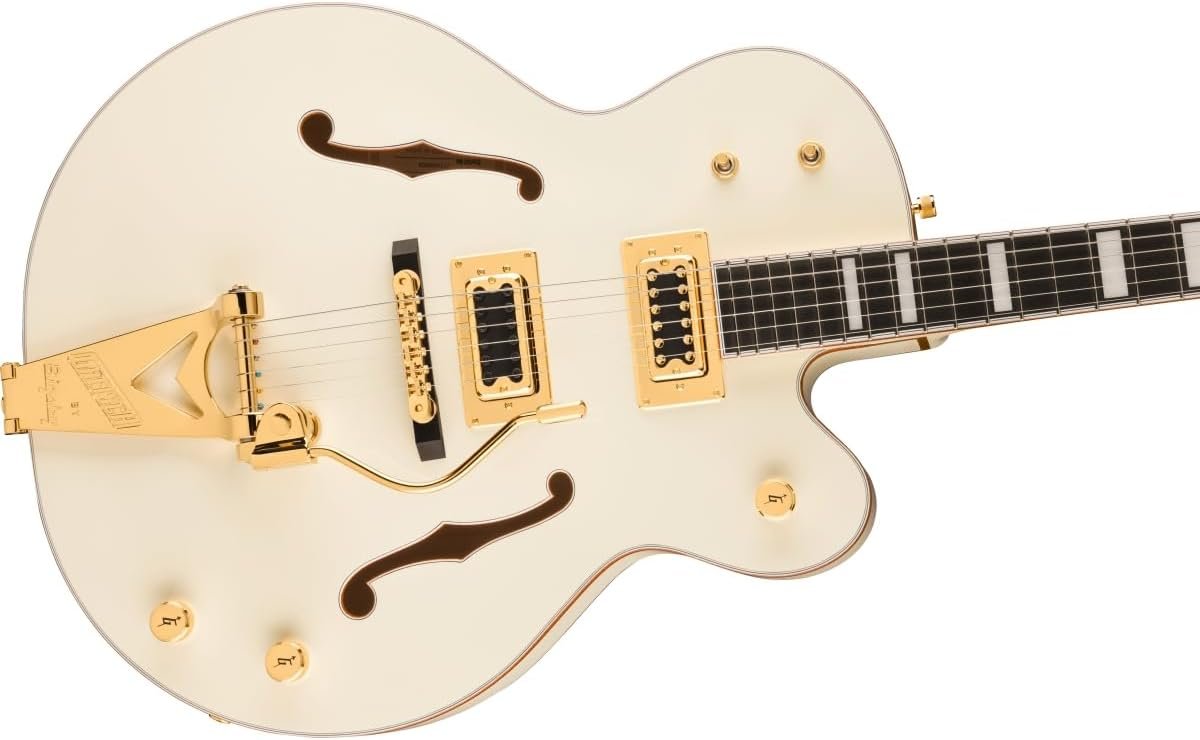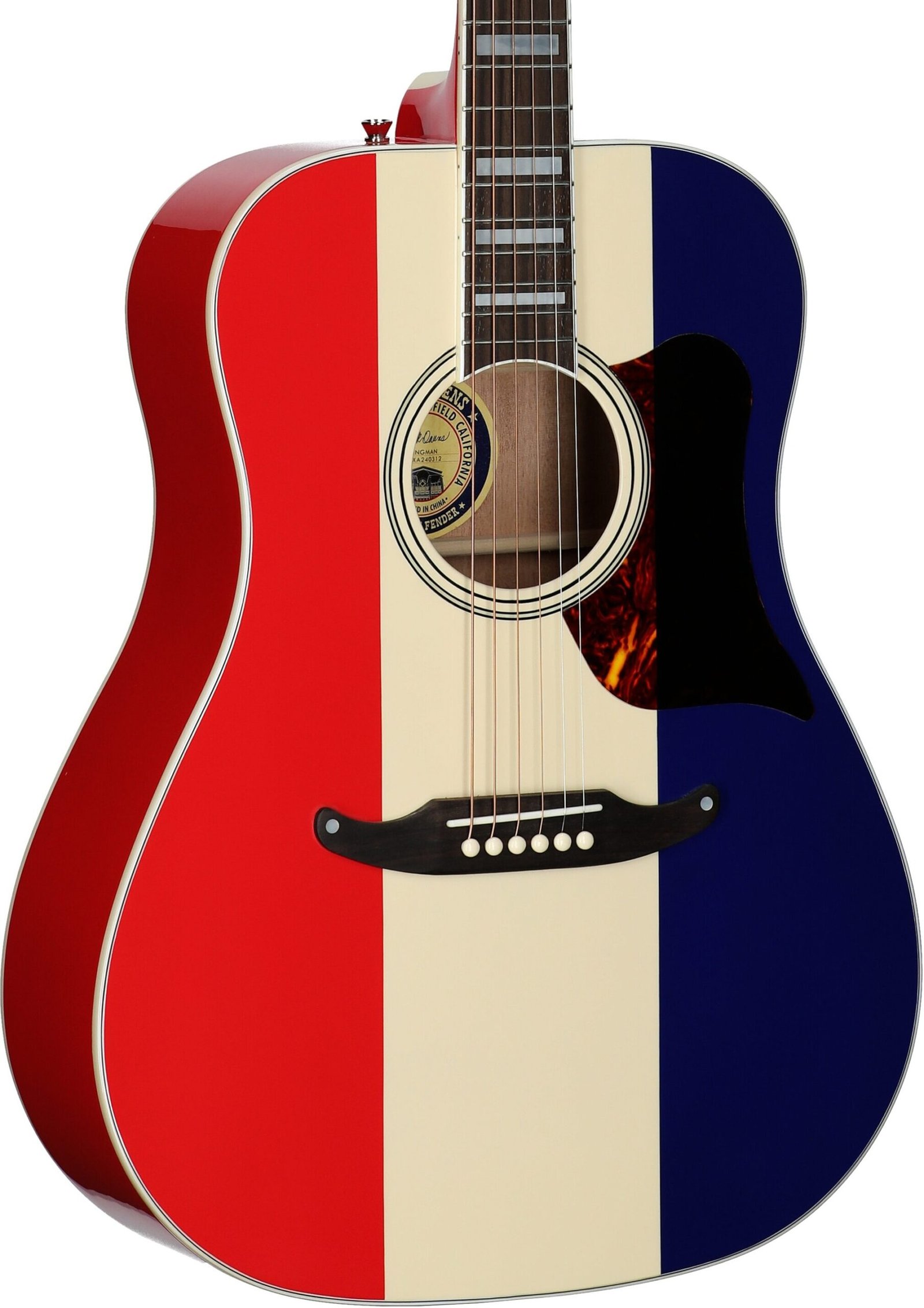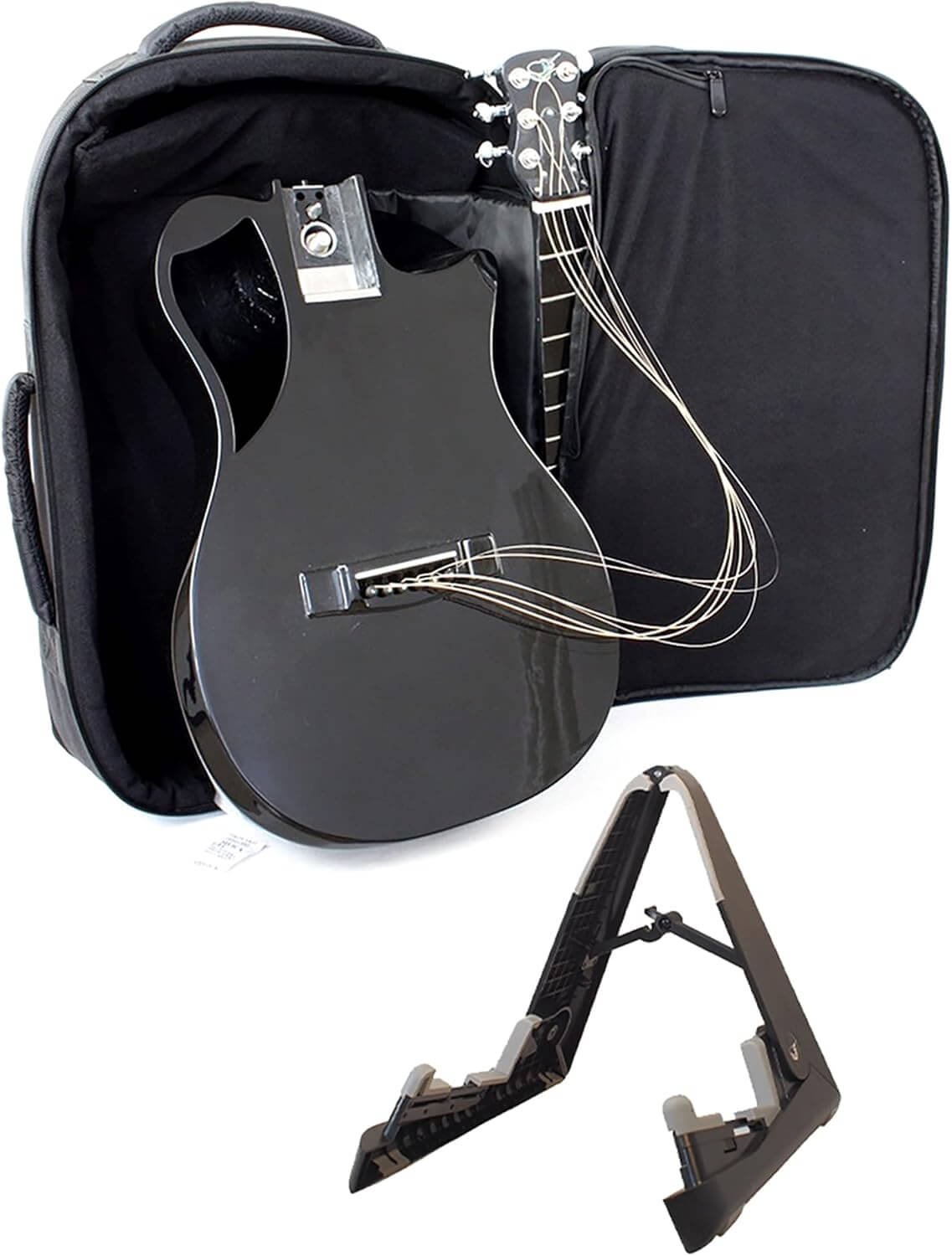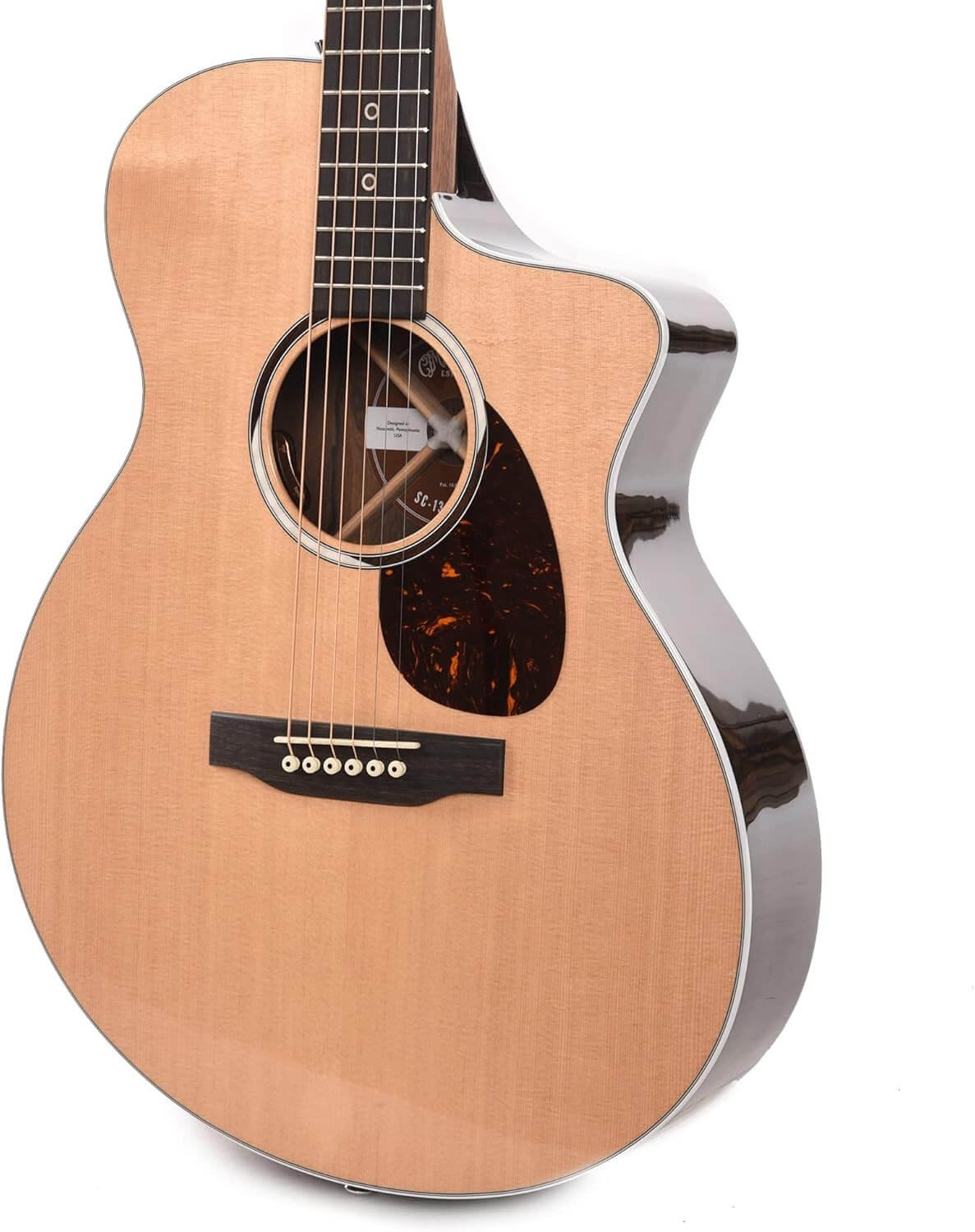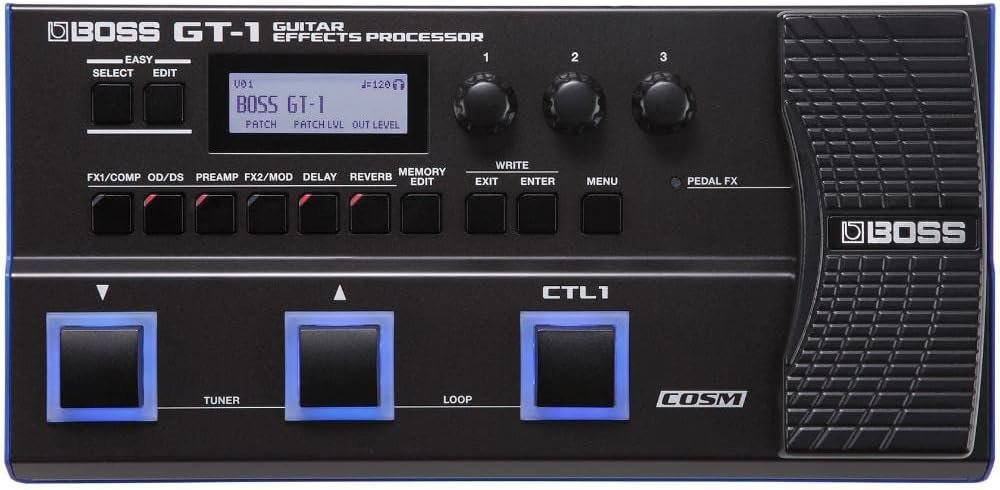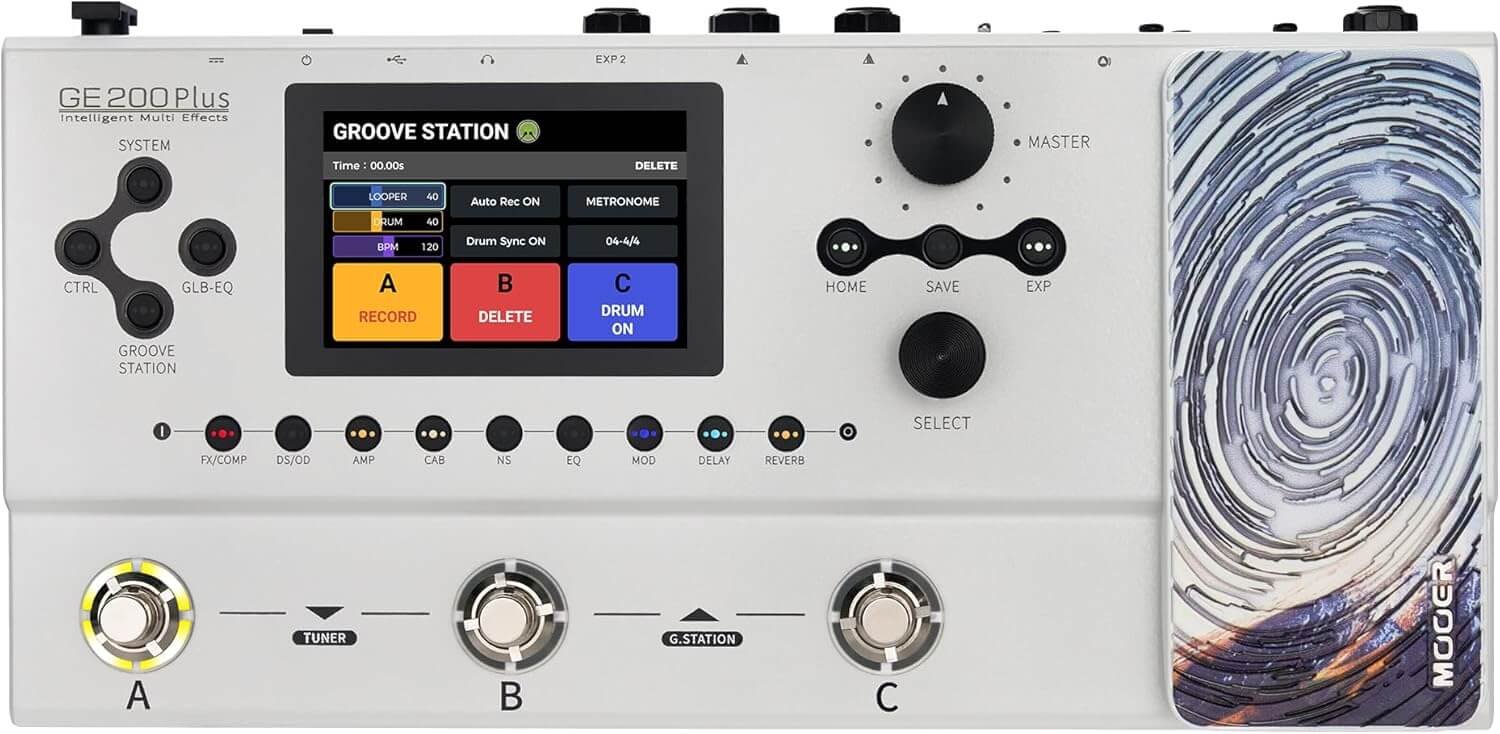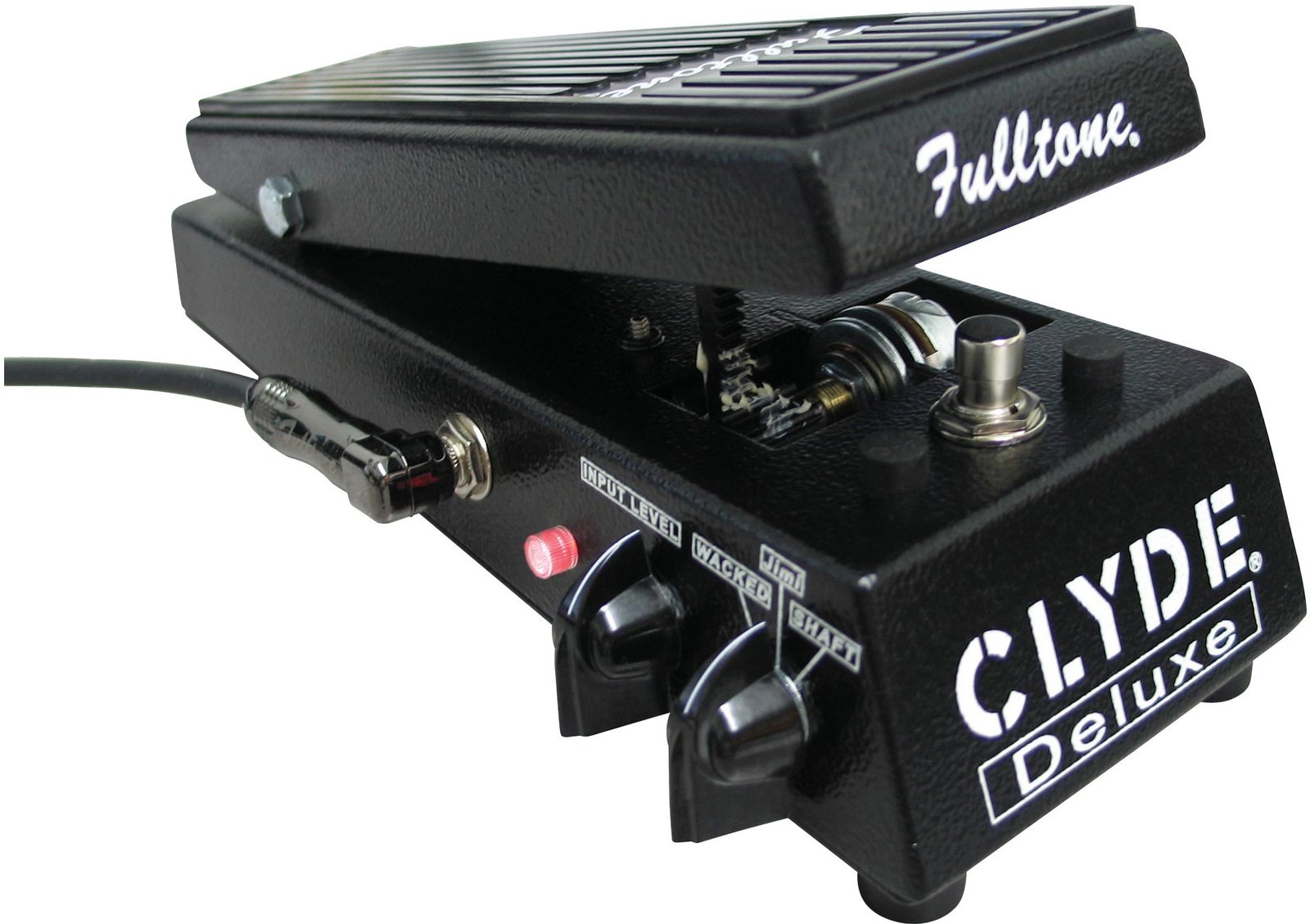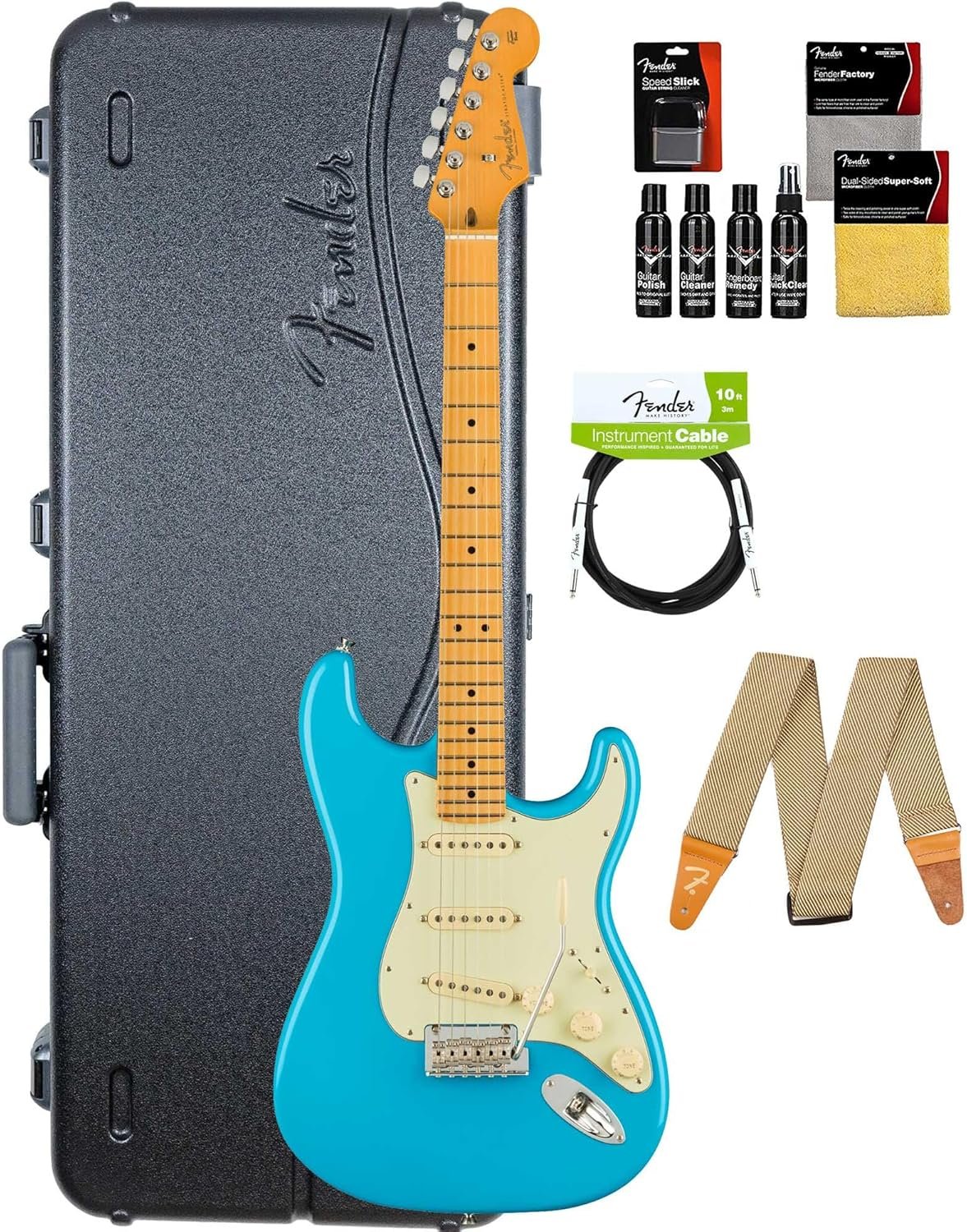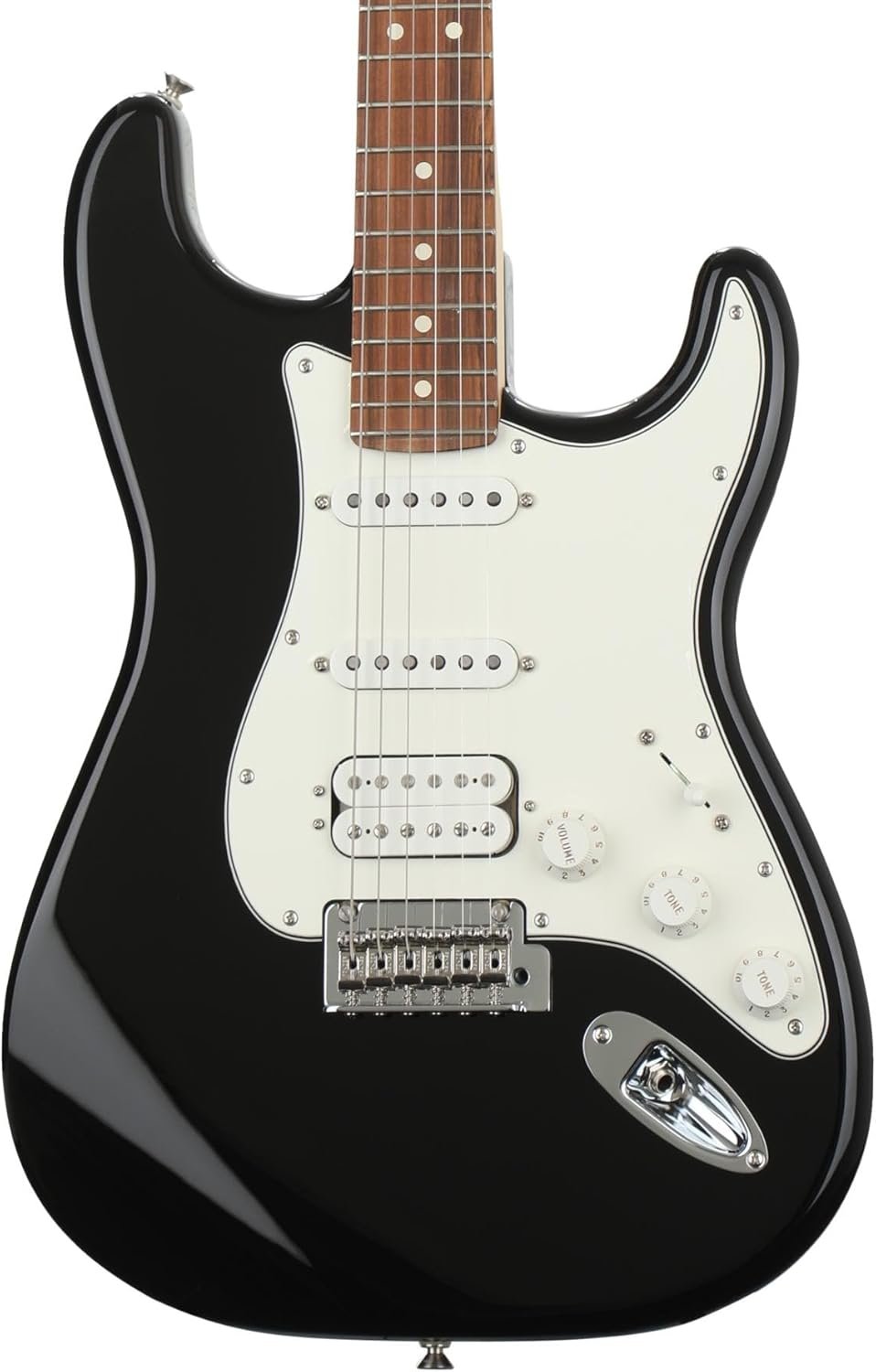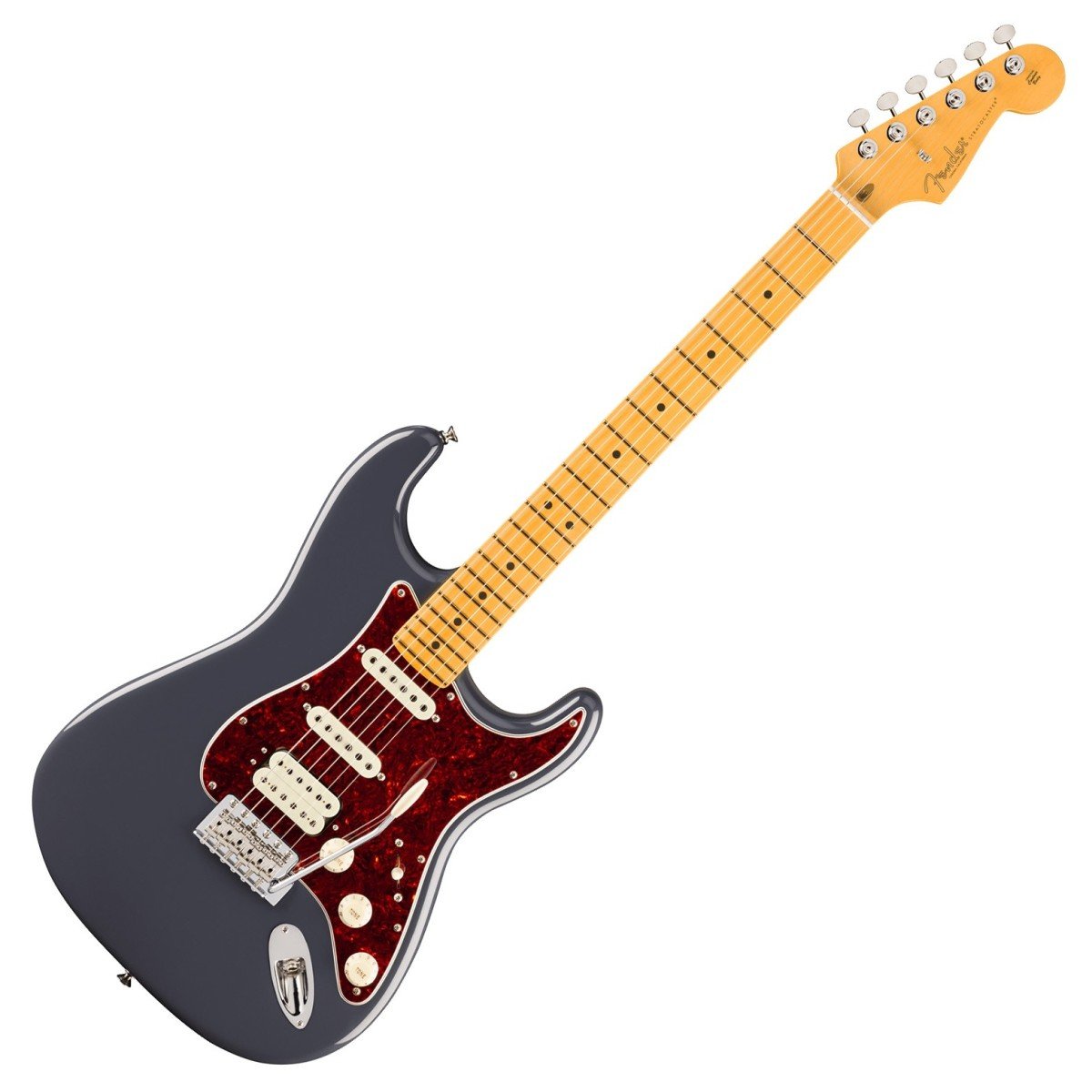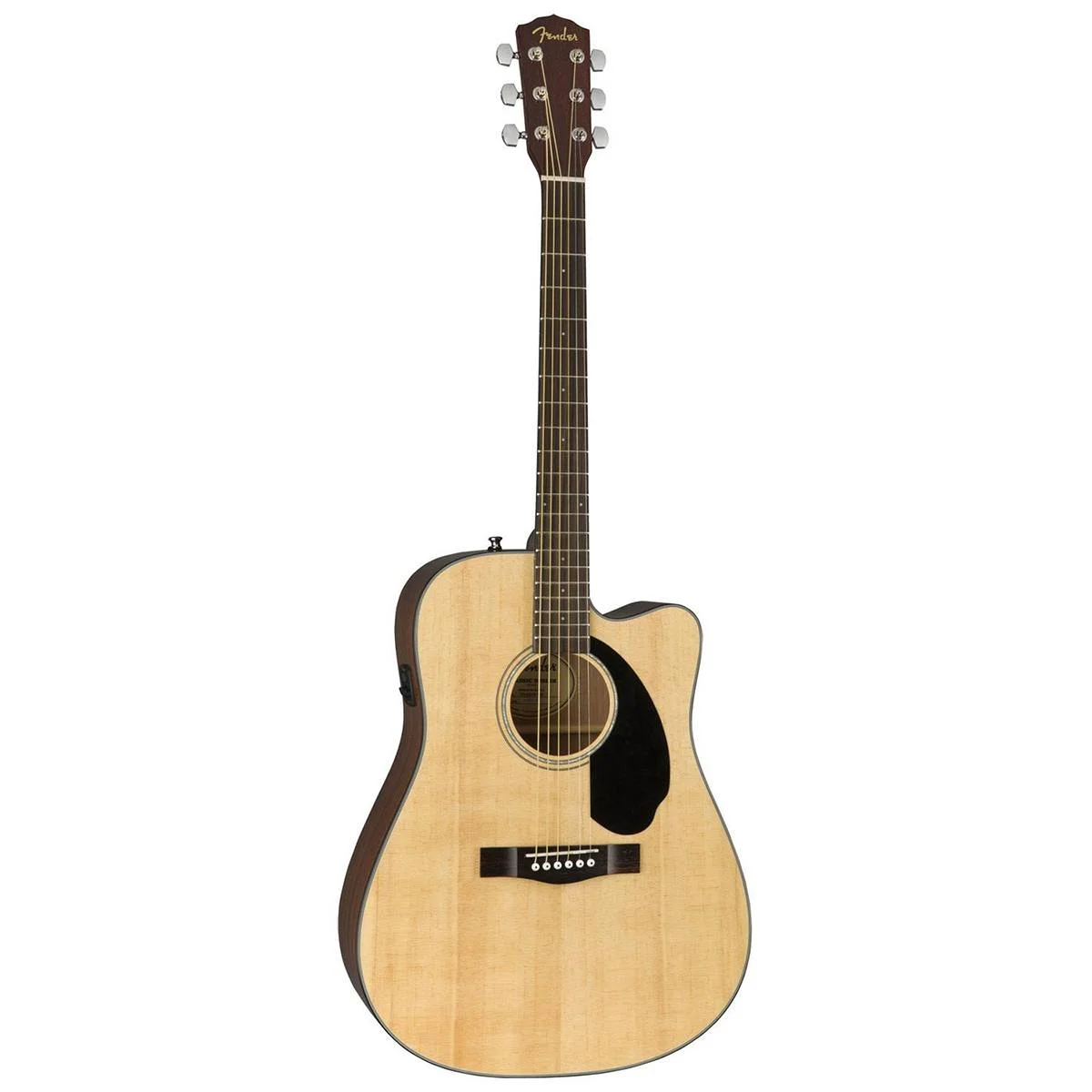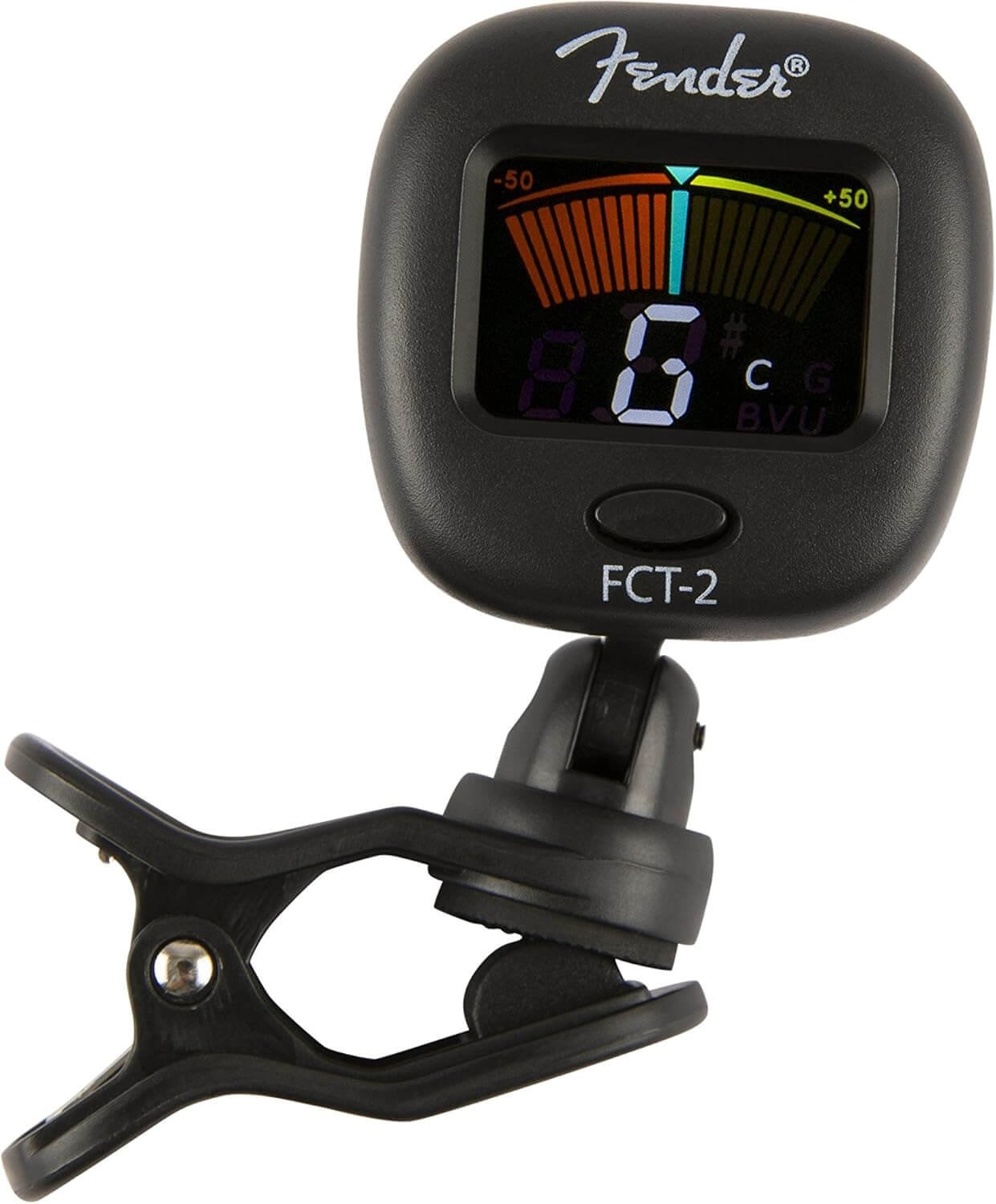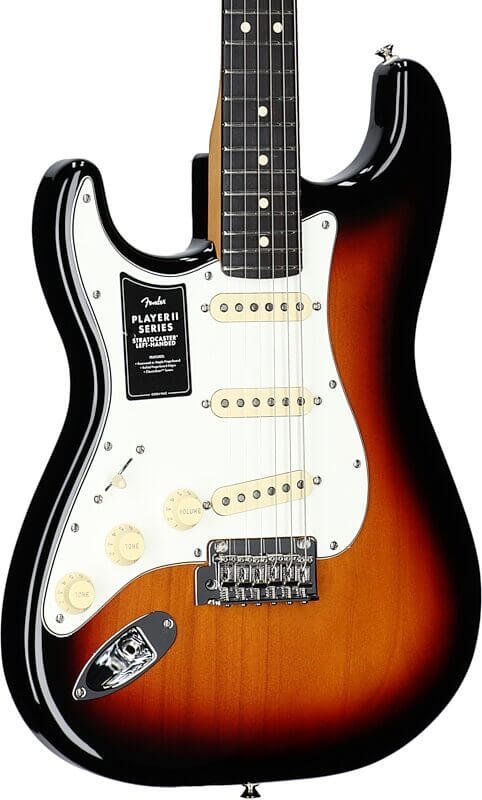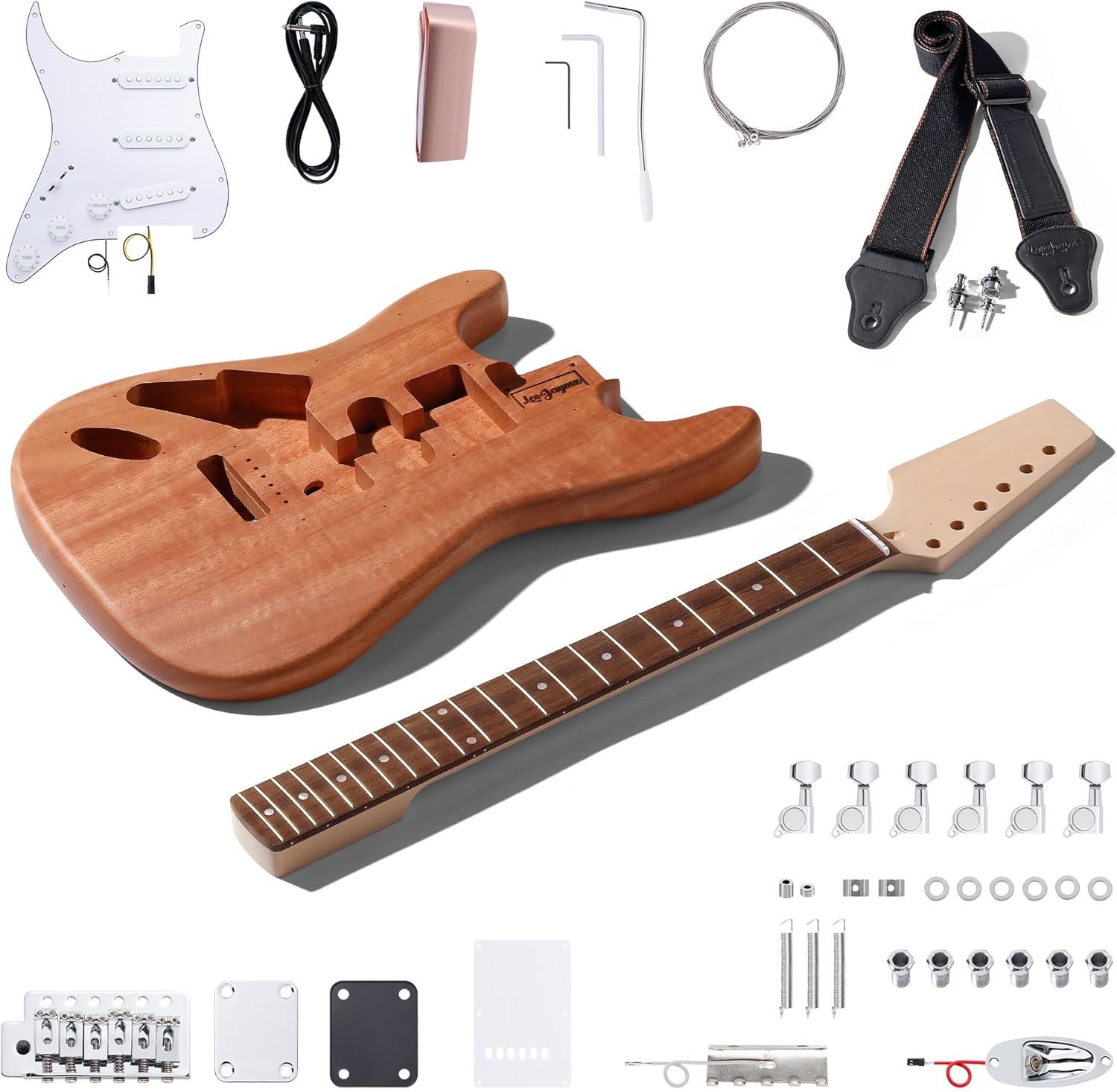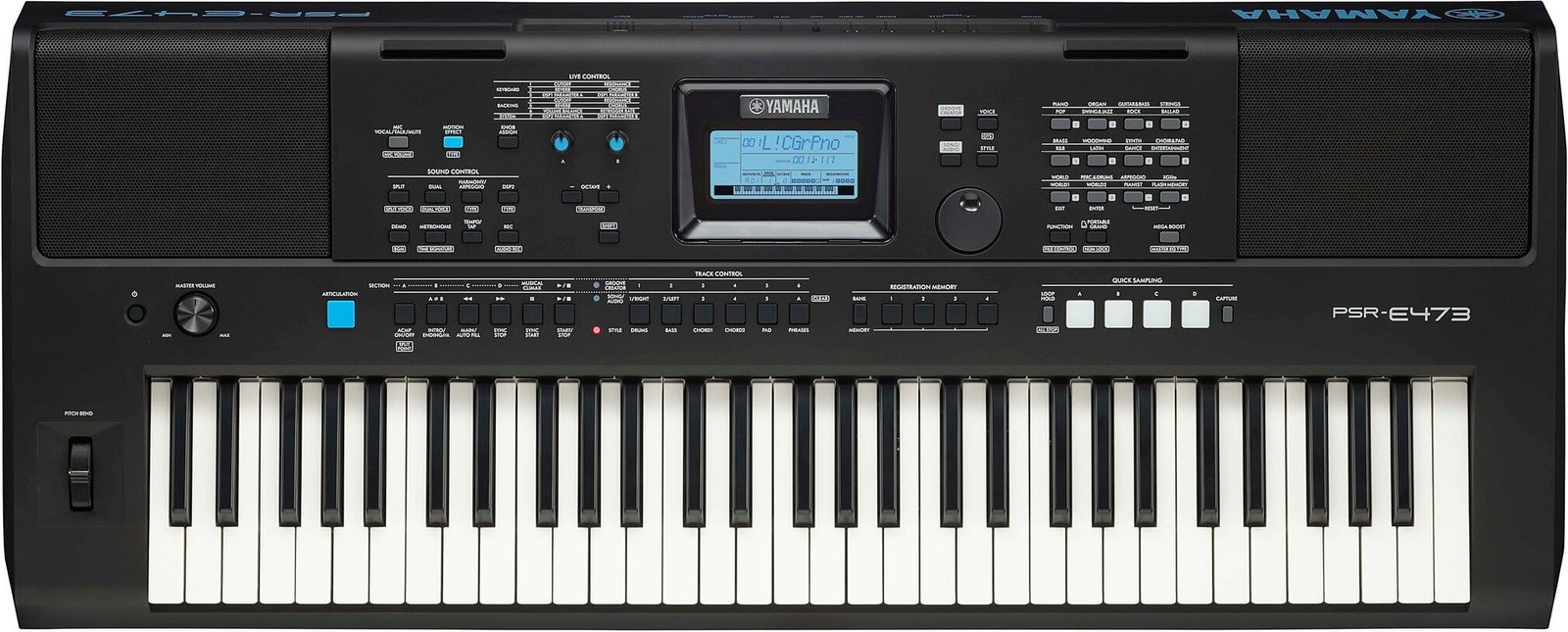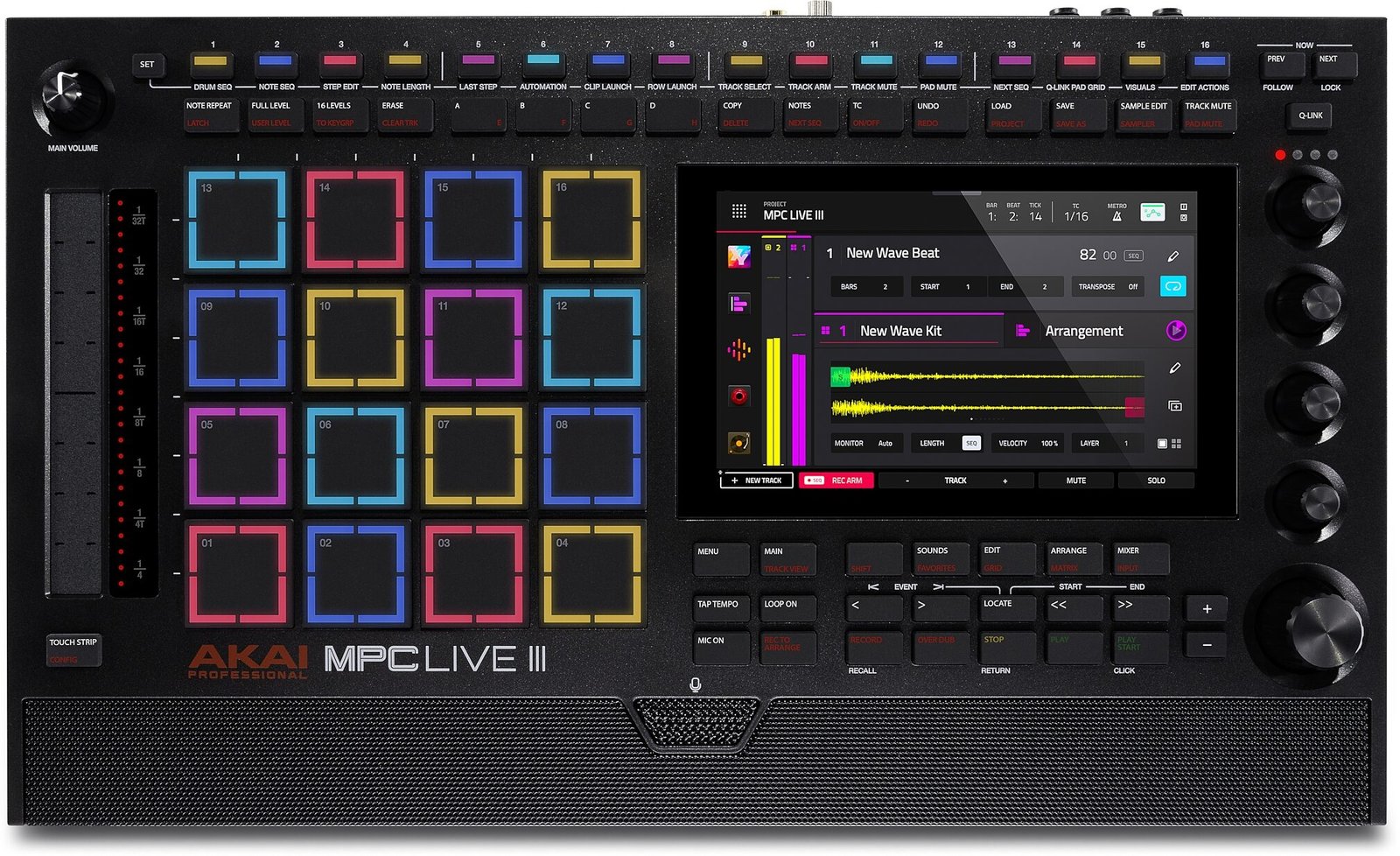Introduction to Rickenbacker Guitars
Rickenbacker Guitars, established in 1931, stands as one of the most significant brands in the electric guitar industry, renowned for its distinctive sound and innovative design. The company was founded by Adolph Rickenbacker and his partner George Beauchamp, who were pioneers in the development of electric string instruments. The duo’s vision led to the creation of the first commercially successful electric guitar, which revolutionized the way music was created and performed. Over the decades, Rickenbacker has garnered a reputation for quality, with each instrument reflecting a commitment to craftsmanship and artistic expression.
As one of the earliest electric guitar manufacturers, Rickenbacker’s contributions to the music world are substantial. The company’s instruments became synonymous with groundbreaking genres, particularly rock and roll, pop, and alternative music. Notably, the Rickenbacker 330 and 360 models achieved iconic status, largely due to their association with influential artists like The Beatles and The Byrds. These guitars are celebrated for their unique tonal qualities, characterized by a bright, jangly sound that complements various musical styles.
Rickenbacker’s dedication to innovation extends beyond its iconic models; the company consistently implements advancements in technology and design within its manufacturing processes. As a result, their guitars maintain a unique aesthetic appeal, featuring distinct body shapes and signature hardware that differentiate them from other brands. Musicians are drawn to Rickenbacker not only for the quality of sound but also for the instrument’s ability to make a bold statement on stage. This combination of rich heritage and modern craftsmanship solidifies Rickenbacker’s status as a leading name in the guitar industry, making it a favored choice for both budding musicians and seasoned professionals alike.
The Rickenbacker Sound: What Sets It Apart
The Rickenbacker guitar is renowned for its distinct sound, which can be characterized by a unique combination of jangle, clarity, and sustain. This signature sound has made it a preferred choice for many musicians, particularly in the pop and rock genres. One of the key elements contributing to this tonal profile is the design features of Rickenbacker guitars, most notably the neck-through-body construction. This method enhances resonance and provides a solid foundation for the instrument, allowing vibrations to travel freely, which results in a rich, sustained sound that is instantly recognizable.
An equally significant factor in shaping the Rickenbacker sound is the innovative pickups used in their guitars. Rickenbacker guitars typically come equipped with single-coil pickups that excel in producing bright, articulate tones. These pickups are specifically designed to capture the guitar’s natural resonance while minimizing noise, which results in a crisp yet warm output. The combination of the unique neck construction and high-quality pickups allows Rickenbacker guitars to produce a sound that stands out in any musical mix.
Most Popular Rickenbacker Model: The Rickenbacker 330
The Rickenbacker 330 stands as a hallmark of modern electric guitar design and is widely recognized as the flagship model of Rickenbacker guitars. Its distinct double-cutaway body shape and sleek lines not only enhance its aesthetic appeal but also contribute to its comfort and playability. The 330 is often crafted from solid maple, producing a bright, resonant tone that appeals to a diverse array of musicians across multiple genres.
One of the defining features of the Rickenbacker 330 is its unique ‘toaster’ pickups, which are known for delivering a chime-like, clear sound that has made this model a favorite among rock and pop musicians alike. These single-coil pickups provide a wide frequency response, allowing for a rich and defined tone, whether it is played with distortion or kept clean. The versatility of the 330 makes it suitable for various playing styles, from jangle-pop to heavier rock riffs, making it a staple in multiple musical contexts.
Historically, the Rickenbacker 330 has been closely associated with iconic musicians who have helped shape popular music. Notably, it was a preferred choice of The Beatles’ George Harrison, whose use of the guitar on tracks like “A Hard Day’s Night” contributed to the model’s legendary status. Furthermore, artists such as Roger McGuinn of The Byrds and Pete Townshend of The Who famously employed the Rickenbacker 330 to craft their signature sounds, further solidifying its place in rock history. These collaborations not only highlight the model’s adaptability but also its pivotal role in shaping the sonic landscape of the 1960s and beyond.
With its combination of vintage appeal, innovative design, and a rich legacy, the Rickenbacker 330 continues to captivate both seasoned players and emerging musicians, ensuring its position as a cornerstone of modern guitar culture.
Comparative Analysis: Rickenbacker 330 vs Fender Stratocaster
The Rickenbacker 330 and the Fender Stratocaster represent two distinct philosophies in electric guitar design, each catering to different musical styles and player preferences. The Rickenbacker 330 is renowned for its unique semi-hollow body construction, which contributes to its bright, jangly sound. In contrast, the Fender Stratocaster, with its solid body design, offers versatility across a multitude of genres, from rock to blues to jazz.
In terms of build quality, the Rickenbacker 330 showcases meticulous craftsmanship, often highlighted by its iconic “Mapleglo” finish and distinctive triangular inlays. Meanwhile, the Fender Stratocaster’s construction is characterized by a durable, contoured body that provides superior comfort during play. The choice of wood affects tonal qualities, where the maple or alder bodies contribute different resonances and sustain, allowing guitarists to tailor their sound to individual preferences.
When it comes to tonal capabilities, the Rickenbacker 330 stands out due to its unique single-coil pickups, which produce a bright, clear tone ideal for rhythmic playing and jangly melodies. The Fender Stratocaster, equipped with multiple single-coil pickups, offers a wider sonic palette, allowing for rich, dynamic sounds, from the crisp highs to the robust lows. This fundamental difference plays a crucial role in how each guitar fits within various musical contexts.
As for playability, the Rickenbacker 330 tends to have a slightly wider neck, which some players find restrictive, while others appreciate the added room for fingerstyle playing. The Stratocaster, with its narrower neck and ergonomic contours, is often favored for its comfort and playability during extended sessions. Overall, the choice between these two iconic models ultimately lies in the player’s individual style and requirements, each offering a unique set of strengths and weaknesses.
User Experience: Testimonials and Reviews
When evaluating a guitar, particularly iconic models like the Rickenbacker 330 and the Fender Stratocaster, user experiences provide invaluable insights. Musicians consistently acclaim the Rickenbacker 330 for its unique tonal qualities and distinctive sound. Many users highlight the guitar’s jangle and clarity, particularly when played with a clean amp setting, giving it a sound that is both bright and resonant.
A long-time Rickenbacker 330 owner shared, “The sound is what drew me in. It has a character that stands out in a mix, allowing me to express my style effortlessly.” Such feedback underscores the guitar’s ability to cater to various genres, particularly rock and jangly pop. Users also frequently mention the comfortable neck and overall playability, making it an ideal choice for extended playing sessions.
In contrast, the Fender Stratocaster, with its rich history and versatility, garners similar praise. Players frequently remark on its ergonomic design, which enhances comfort, especially during live performances. One musician commented, “The Strat feels natural. I can play it for hours without fatigue, and the range of tones it offers is phenomenal.” The Stratocaster’s three single-coil pickups allow for a diverse array of sounds, attracting those who appreciate versatility.
Sound quality is another vital aspect where both models shine, though they serve different musical needs. Rickenbacker enthusiasts often talk about how the guitar provides a clearer, more defined output that complements rhythm sections well. On the other hand, Stratocaster enthusiasts praise its warm, soulful tones, which can be easily manipulated through various effects and settings.
Ultimately, both the Rickenbacker 330 and Fender Stratocaster come highly recommended by their owners. Players’ testimonials suggest thorough satisfaction with both models, reinforcing their status as exemplary instruments in the world of electric guitars.
Price Comparison and Value
When considering the purchase of an electric guitar, two noteworthy contenders in the market are the Rickenbacker 330 and the Fender Stratocaster. Both guitars command a significant presence in the music industry, each having its own unique characteristics and dedicated following. In terms of pricing, it is essential to explore the spectrum of options provided by each brand, from entry-level models to high-end selections.
The Rickenbacker 330 typically retails in the range of $1,000 to $2,000, making it a mid to high-end instrument. Its craftsmanship and distinctive sound contribute to its perceived value. The model is often noted for its durability and the quality of materials used in its construction. In contrast, the Fender Stratocaster exhibits a broader price range from approximately $500 for the entry-level models to over $2,500 for the premium series, such as the American Professional and Custom Shop models. This variance allows a wider audience to access Fender guitars, catering to both beginners and professional musicians alike.
When assessing value for money, it is crucial to examine factors beyond just the initial purchase price. Durability is a primary consideration; both guitars are built to withstand the rigors of regular use, but Rickenbackers are often praised for their longevity due to the solid build quality. Resale value is another significant aspect; typically, Fender models hold their value well, particularly the popular high-end variants, making them an attractive investment. Rickenbacker guitars, while they can also appreciate over time, may attract a more niche market.
In conclusion, while the Rickenbacker 330 stands out with its distinctive features and craftsmanship, the wide-ranging price options and strong resale potential of the Fender Stratocaster make it a compelling choice for various budgets. Ultimately, the decision comes down to individual preferences in sound, aesthetics, and overall playing experience. Assessing these factors can lead potential buyers to make an informed choice that aligns with their musical journey.
Where to Buy: Rickenbacker vs Fender
When considering the purchase of Rickenbacker or Fender guitars, aspiring musicians and collectors have a variety of options at their disposal. Both brands boast a wide array of models, each with its own unique characteristics, making the shopping process an essential part of the buying experience. It is important to explore both online and brick-and-mortar stores to find the best deals and selections.
For those who prefer to shop online, numerous reputable websites offer Rickenbacker and Fender guitars. Noteworthy platforms include major music retailers such as Guitar Center, Sweetwater, and Sam Ash. These online stores often have a robust inventory, including both new and used guitars. Additionally, specialized online marketplaces such as Reverb cater specifically to musicians, providing a plethora of options including rare vintage models. When purchasing online, it is crucial to verify the seller’s reputation and the return policy to ensure customer satisfaction.
Brick-and-mortar music stores also provide significant benefits. Visiting a physical store allows musicians to test instruments firsthand, giving them an opportunity to evaluate the feel and sound of a Rickenbacker or Fender guitar. Authorized dealers are a reliable source for new models, ensuring genuine merchandise that comes with manufacturer warranties. Specialty shops may even carry a few rare models, offering a curated selection that might not be found in larger chain stores.
When considering used guitars, both brands often have a healthy market for second-hand instruments. While this can be a cost-effective option, one must ensure the authenticity of these instruments. Look for labels, serial numbers, and unique identification features that verify the guitar’s brand and model. It is advisable to conduct research or seek expert opinions before making a significant investment in a used piece.
Caring for Your Rickenbacker Guitar
To ensure your Rickenbacker guitar remains in optimal playing condition and retains its distinctive sound quality, regular maintenance is essential. A key component of caring for your instrument is changing the strings. It is advisable to replace your strings every one to four weeks, depending on usage frequency. Rickenbacker guitars typically perform best with their specific gauge strings, so be sure to use Rickenbacker brand strings for the best results.
Cleaning your guitar is another crucial aspect of maintenance. Dust and grime can accumulate on the body and fretboard over time. To clean the guitar, use a soft, lint-free cloth to wipe down the body and fretboard. A specialized guitar cleaner may also be used, but be cautious of overly abrasive products; they can damage the finish. It is important to avoid cleaning products that are not designed specifically for guitars, as they may contain solvents that could harm the wood or finish.
Regular upkeep should also involve checking for common issues, such as fret wear, neck relief, and electronics functionality. If you notice any buzzing, it may be due to uneven frets or incorrect neck relief. Address these as soon as possible to prevent further damage and ensure playability. If your guitar’s electronics start to malfunction, examining the wiring and pots for corrosion can often reveal solutions. Diligent care in these areas can help you avoid costly repairs and keep your Rickenbacker sounding its best.
Compared to Fender guitars, which may recommend different string types and maintenance routines, Rickenbacker guitars have unique needs that highlight the importance of adhering to these specific care guidelines. By understanding how to maintain your Rickenbacker effectively, you can significantly extend its lifespan and preserve its unique sonic qualities.
Conclusion and Final Thoughts
Throughout this exploration of Rickenbacker guitars, we have highlighted the brand’s significant contributions to the world of music, particularly through its renowned 330 model. Known for its distinct tonal qualities and unique design, the Rickenbacker 330 has captured the hearts of many musicians across various genres. Its jangly sound, characteristic of the brand, makes it particularly suited for rock, folk, and alternative music. The vibrant presence of Rickenbacker guitars in the music scene has cemented their reputation as icons, beloved by both guitar enthusiasts and professional players alike.
While the Rickenbacker 330 holds a special place, it is not inherently superior to other models in the industry, such as the Fender Stratocaster. The Fender Stratocaster is revered for its versatility and bright tone, making it an ideal choice for genres ranging from blues to rock and pop. Its widespread use by countless artists, in varying musical styles, attests to its adaptability and overall appeal.
When choosing between a Rickenbacker 330 and a Fender Stratocaster, personal preference plays a crucial role. Factors such as individual playing style, desired sound, and aesthetic preferences should guide the decision-making process. Exploring both options is essential; trying out different models can help prospective buyers discover which instrument resonates more with their musical voice. Ultimately, whether one leans toward the rich, resonant qualities of a Rickenbacker or the bright, versatile sound of a Stratocaster, the choice should reflect the uniqueness of the player’s style and musical direction.




